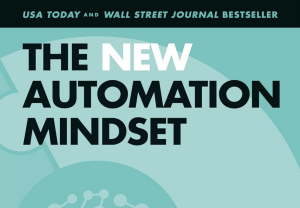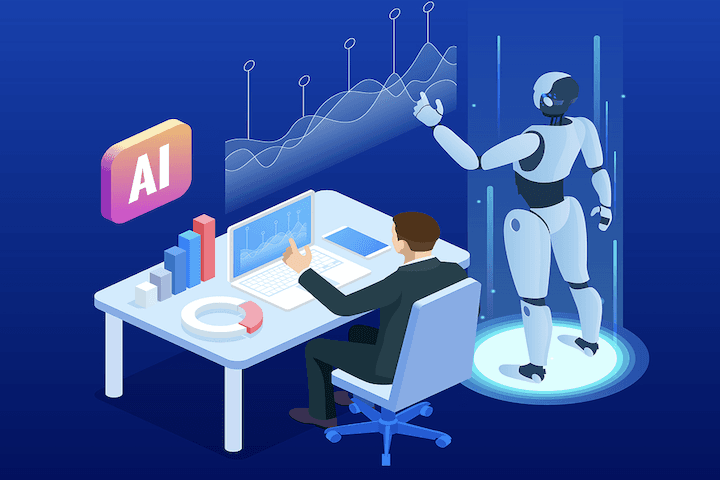We are entering a new era of automation and HR should be prepared to seize the opportunity.
But, this new era will depend on a new mindset and a new relationship between IT and HR.
Fortunately, shifting mindsets and forging relationships should be HR’s strong suit.
What’s new in automation?
Automation has been rolling along quite nicely for the past few decades, so what’s new?
The most important new thing is that it is becoming much easier for non-specialists to build automations.
This means that instead of waiting for an HR request to slowly make its way up IT’s priority list, HR can do more automation on its own.
This is referred to as the “democratization” of automation.
Democratization of automation
Three things are making it possible for non-specialists to play a greater role in automation:
- Low-code or no-code tools that allow you to automate processes without writing computer code.
- Large language models (LLMs) that are great assistants in helping non-specialists overcome challenges in writing code.
- LLMs that can easily handle some tasks that would have taken significant effort to code. (For example, you can simply ask an LLM “What are the common sentiments in these employee comments?”; you don’t need to write a “sentiment analysis” program).
To take advantage of these new opportunities however, HR will need to provide a certain amount of training to tech-savvy HR pros so that they can become “citizen developers”.
However, here we are talking about weeks of training in these new tools not years of studying computer science.
Governance of automation
But, there could be an obstacle.
Tell the IT department that you plan to make their life easier by doing automation on your own and they will probably hate the idea.
They have some good reasons.
Essentially poorly done automations can end up creating serious problems down the line.
IT knows what can go wrong and wants to prevent that.
Unfortunately, that can also prevent progress on automation.
The answer?
The solution is a governance framework where IT can oversee, direct, and support automation work done by HR’s citizen developers.
The citizen developer can still do most of the work, so a lot of automation can be done, however, IT can be sufficiently involved that things don’t go off the rails.
Conclusions
We are sliding towards a world where we can build a great many more automations, and if we structure it right, we can do so in a way we don’t regret later on.
I can recommend Vijay Tella’s book “The New Automation Mindset” (see below) to get more detailed insight into how organizations should approach the coming opportunities and risks of automation.

